Salt, fish and the battle of Tai O Bay
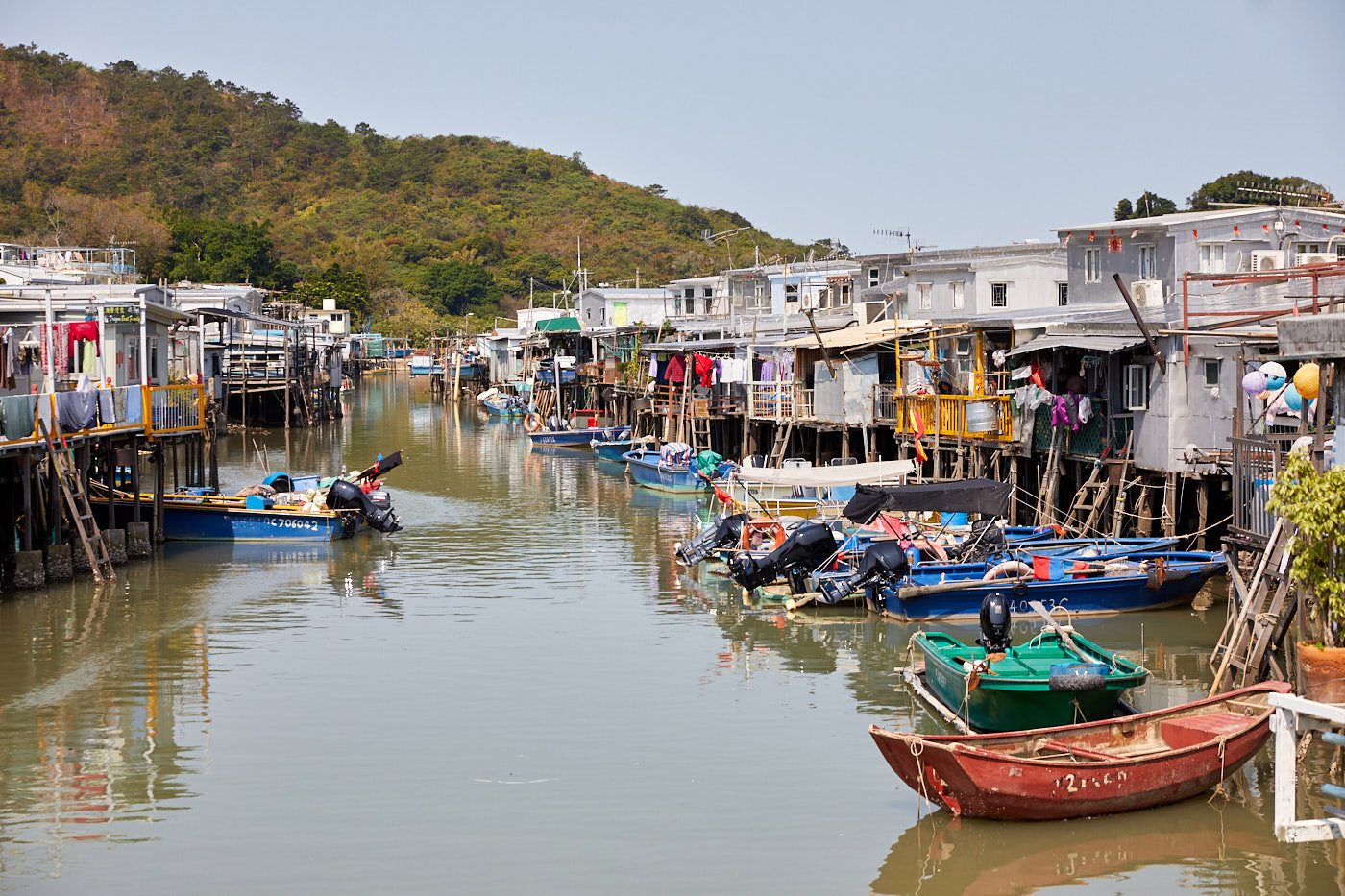
Salt, fish and the battle of Tai O Bay
Tai O, in the northwest corner of Lantau island, has become something of a tourist attraction in recent years. Tagged with the rather grand epithet, the Venice of Hong Kong, this once-forgotten little fishing village now boasts a heritage hotel, half a dozen listed buildings and a flotilla of small boats eager to whisk you around its picturesque stilt houses and craggy coastline.
In years gone by it was said to be a haven for pirates and smugglers and, as you wander around its narrow lanes, alleys and duckboards, it is easy to understand why. But while there is no evidence that pirates ever had hideouts in Tai O, piracy in the surrounding seas was rampant.
The Battle of Tai O Bay
One particularly notorious lair was Kuhlan (now spelled Gaolan), an island to the south of Macau. In 1855 pirates from Khulan siezed four merchant vessels that were being escorted by the the British paddle steamer HMS Eaglet. In response, the sloop HMS Rattler was sent to the rescue. She found the vessels and several other merchant ships along with numerous pirate junks in the Khulan Harbour. The waters were too shallow to approach so she pulled back to seek help. She returned with the American steam frigate, USS Powhatan and the Eaglet towing six other boats filled with British and American seamen.
On August 4, as the expedition crossed Tai O Bay (in those days it was spelled Ty-ho), they encountered the pirate fleet. Sixteen of the pirate ships turned and fled the rest stayed to face their adversaries. But the pirate’s cannon were ineffectual and when the fire was returned six of their junks were promptly destroyed. When the two parties drew close enough the boats chaperoned by Eaglet slipped their tows, the sailors boarded the pirate vessels and a swashbuckling battle of hand-to-hand combat ensued.
Around 500 pirates were eventually dispatched and another thousand taken prisoner. Fourteen more large war junks were destroyed and seven merchant ships rescued, though two of the latter were so badly damaged and had to be subsequently destroyed. The British and Americans lost four and five sailors respectively and a monument dedicated to their bravery now stands in the Hong Kong Cemetery.


Bridge over the Tai O River (left). The Original buildings on the far side were in such a poor state they had to be pulled down and rebuilt.
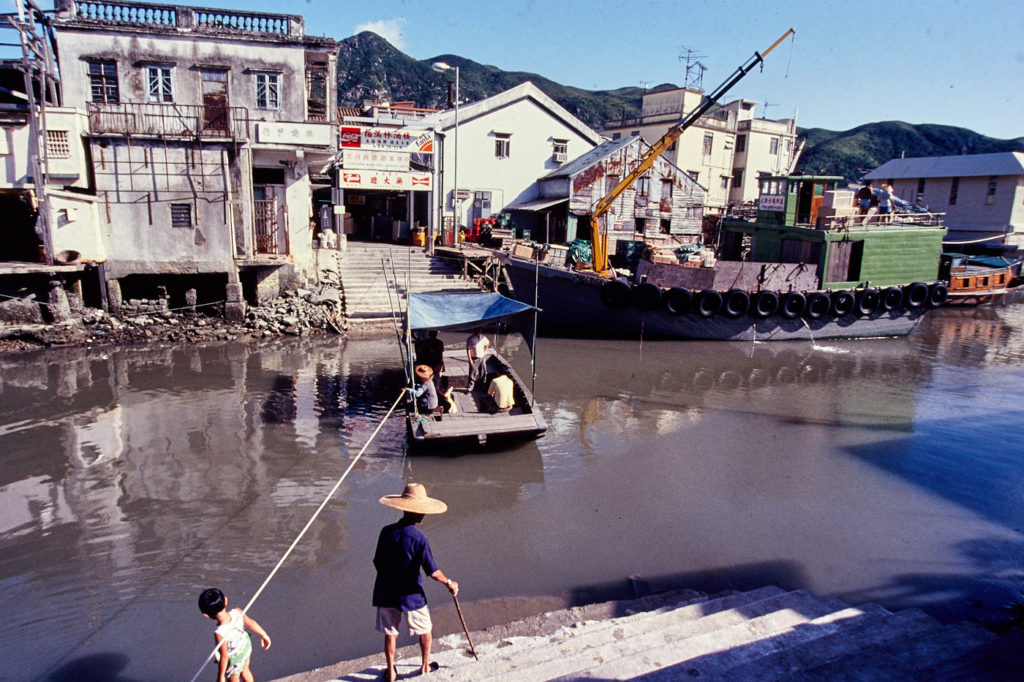
The old rope ferry across the Tai O River taken on my first visit back in the 1980s.
Tai O is actually the name of a small island that is cut off from the main part of Lantau by the Tai O River and a narrow creek that diverges from it and makes its way back to the sea. The traditional fisherman’s houses are built on stilts along both banks.
Until quite recently the only way to cross the river was by an old wooden pontoon which was hauled from one side to the other by means of a rope attached to each bank. The pontoon was replaced by a steel footbridge in 1996 and much of the area has been rebuilt in the following years.
Across the bridge brings you to Tai O market where there are a number of dried seafood shops. To the right of the market is the village square at the back of which is the Kwan Tai Temple. Kwan Tai was a former military general who is honoured for his bravery, military tactics, loyalty, and chivalry.
The temple was built during the reign of Hong Zhi of the Ming Dynasty, sometime between 1488-1505. It has been renovated several times over the years the most significant being in 1741 when the Shiwan ceramic frieze was added along the roof ridge and a large copper bell was installed.
Another ancient structure is the Yeung Hau Temple, at the northern end of the creek. It was built in 1699 and is dedicated to the deity of Hau Wong. The temple features Shiwan ceramic friezes both inside and along the roof ridge and also houses an iron bell that was cast in the same year. Both temples are popular with merchants, farmers and fishermen.
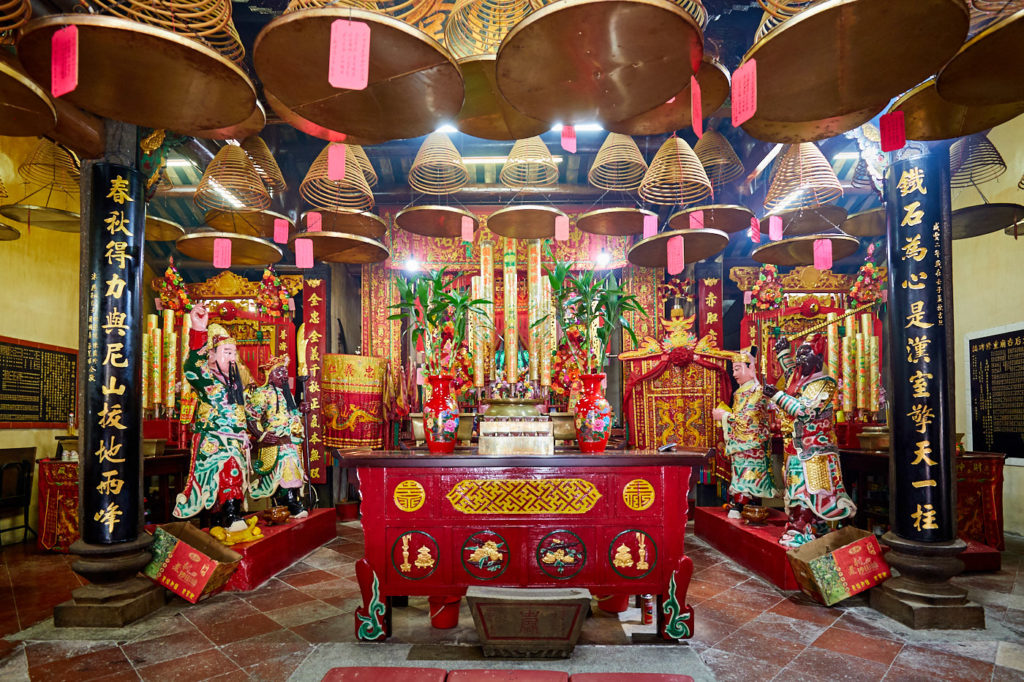
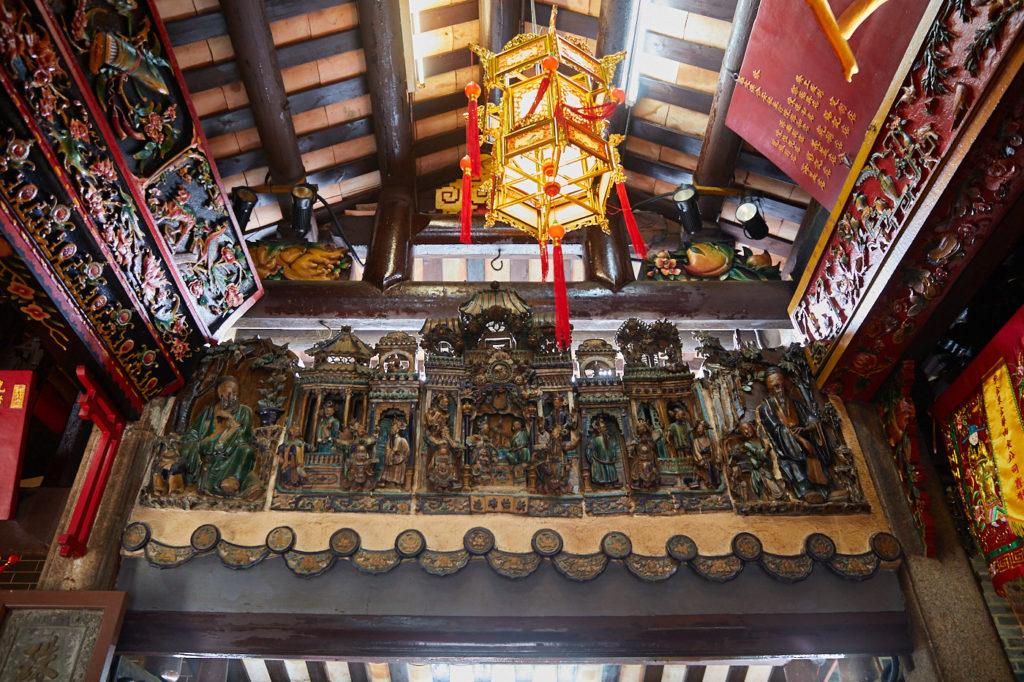
Interior of Kwan Tai Temple (left). Shiwan ceramic figures at Yeung Hau Temple.
Settlers
The first permanent settlers were fishermen. Tanka people, descendants of the Baiyue tribes of southern China who had taken refuge on the sea. They probably arrived early in the eighteenth century and built their houses over the water and the tidal mud flats.
This was also about the time the first saltpans were constructed. Salt had been a major industry in the Hong Kong area for over a thousand years. In those days it was a very valuable commodity and trade was tightly controlled by the Imperial Salt Monopoly. But trying to police it in such a far-flung corner of empire was impossible. Illegal saltpans and smuggling were rampant.
There were several pans around Lantau but those at Tai O were the biggest occupying a substantial part of the inner bay as well as an area east of the Tai O creek. When the British took control of Lantau in 1898 they encouraged salt production and helped to make it more efficient. At its peak in the 1920s and 1930s, there were 70 acres of fields producing about 1,500 tons of salt per year. Only a small portion of this was used locally, for salting fish. The bulk of it was exported.
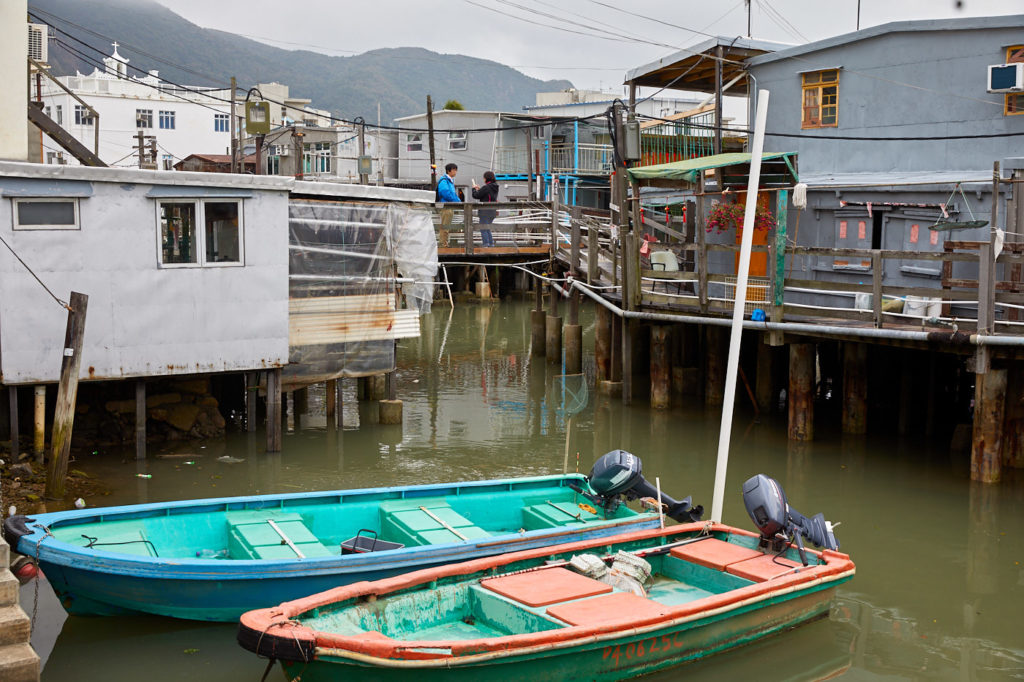
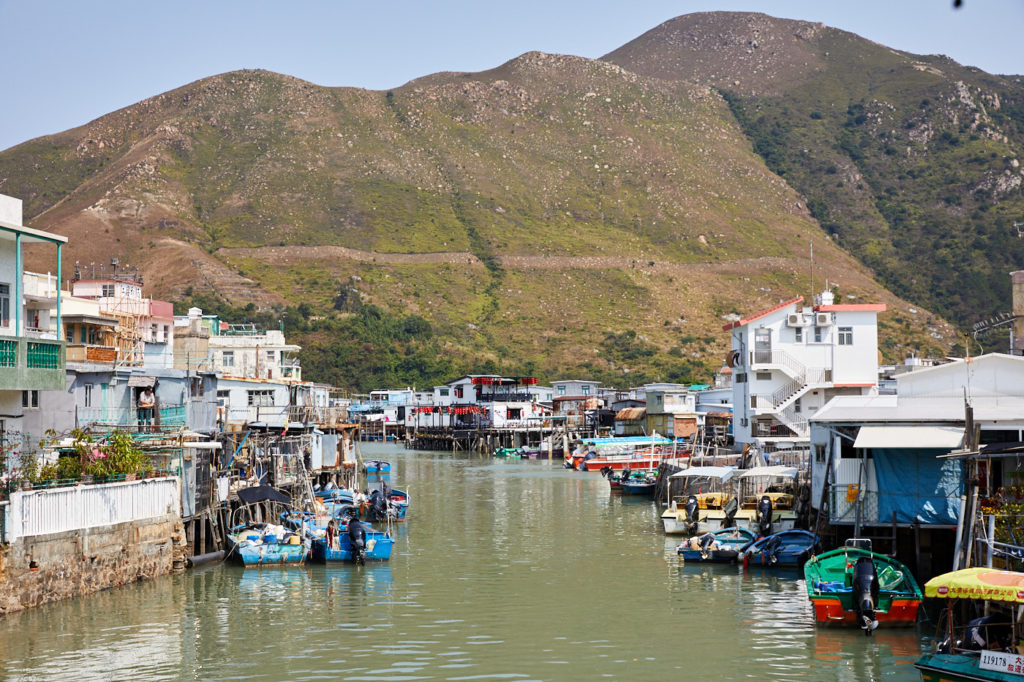
Exploring the the fisherman’s houses.
There is little left to see of the salt pans, both areas have been given over to mangroves, but if you climb the path up to the viewpoint you can still just about make out the outlines of them. There had been plans to renovate one of the pans to serve as an exhibit but that seems to have fallen by the wayside.
With the abundance of salt, a good harbour and a population experienced in making a living from the sea, the village also developed as a major fishing port and dried seafood centre. In its heyday, the village boasted a population of 30,000 with many families involved in one or both of the industries.
After the Second World War competition from imported salt became too great so the salt pan operators gradually closed shop. With improved education, younger generations turned their backs on the fishing industry and moved to the city to find better jobs. Today the population numbers about 2,500.

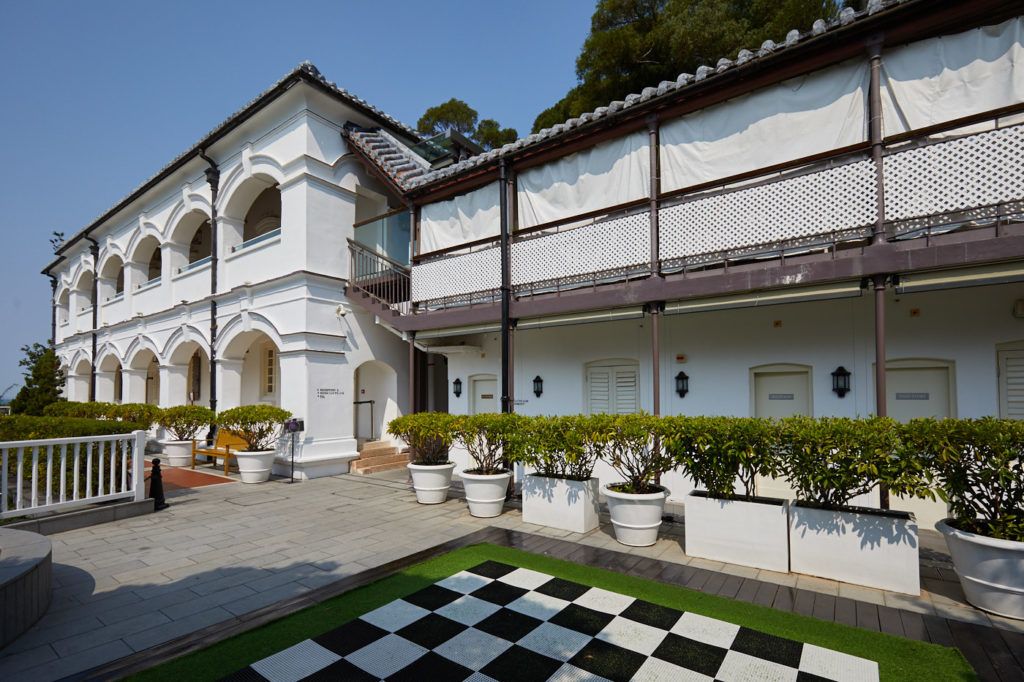
Tai O dried seafood market (left). The former Tai O police station is now the Heritage Hotel.
But with the opening of the Nong Ping Cable car in 2006 and improved transport links, Tai O is finding a new role as a tourist attraction. The old police station, built in 1902 to keep a wary eye out for pirates and smugglers, was renovated and reopened as the boutique Heritage Hotel in 2002. Its pristine white walls, arched windows and tiled roof are an imposing sight on the headland and there is a pleasant restaurant on the roof which is also open to non-guests.
Elsewhere riverside cafes are opening up, queues form for freshly cooked Tai O doughnuts from a local bakery or giant curried fishballs in the market. Boat owners provide tours around the stilt houses and out into the sea to look for Chinese white dolphins and the Tai O Rural Committee Historic and Cultural Showroom houses an exhibition of old artifacts and photographs from the area.
Souvenir shops have opened up too but perhaps the most popular items to take home are dried seafood products and jars of locally made shrimp paste. For those who like to escape the throng of visitors, the area also boasts excellent hiking country with well marked trails.
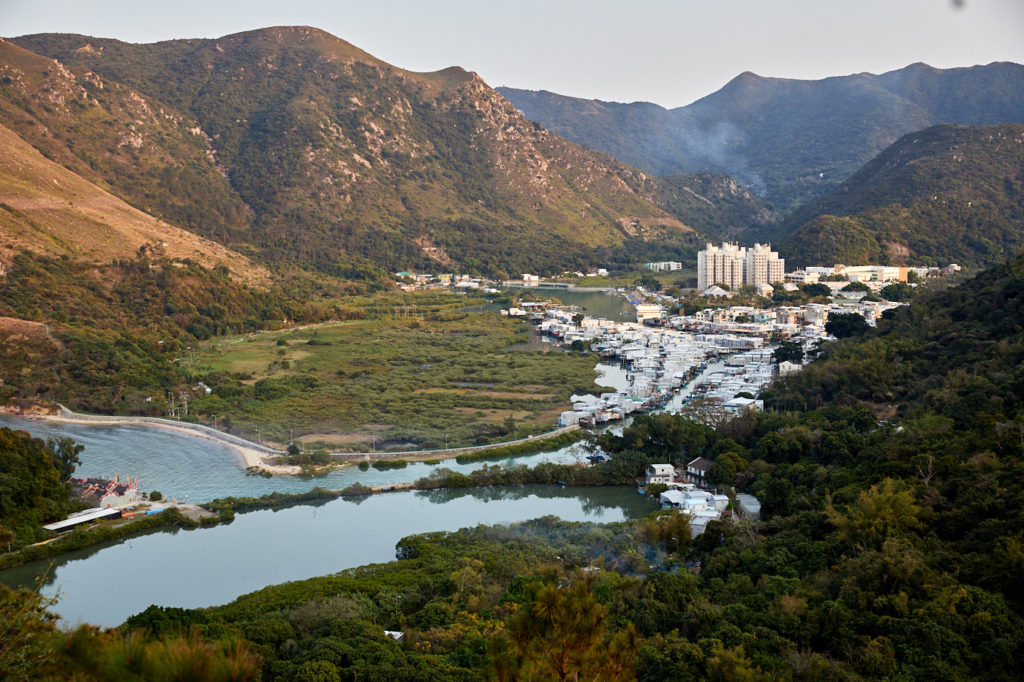
Overlooking the northern end of the Tai O creek. Former salt pans can be seen to the left of the village.
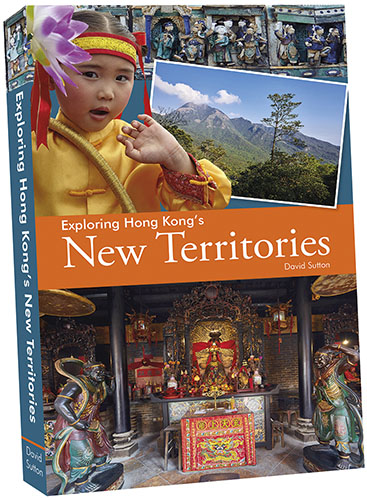
Exploring Hong Kong’s New Territories
The New Territories represents around 85% of Hong Kong’s total land area. It is an area of coastal wetlands and mountains boasting a history of more than a thousand years. There are many ancient monuments, well-maintained hiking trails and outlying islands with old fishing communities. Yet to most visitors, it remains largely unknown.
I spent the Covid years researching, writing and photographing it. Exploring Hong Kong’s New Territories is 332 pages with around 400 colour photographs plus maps and directions. More information here
Lovely description of Tai O. I was last there in 2007.
Thanks Bill, Tai O is one of my favourite spots